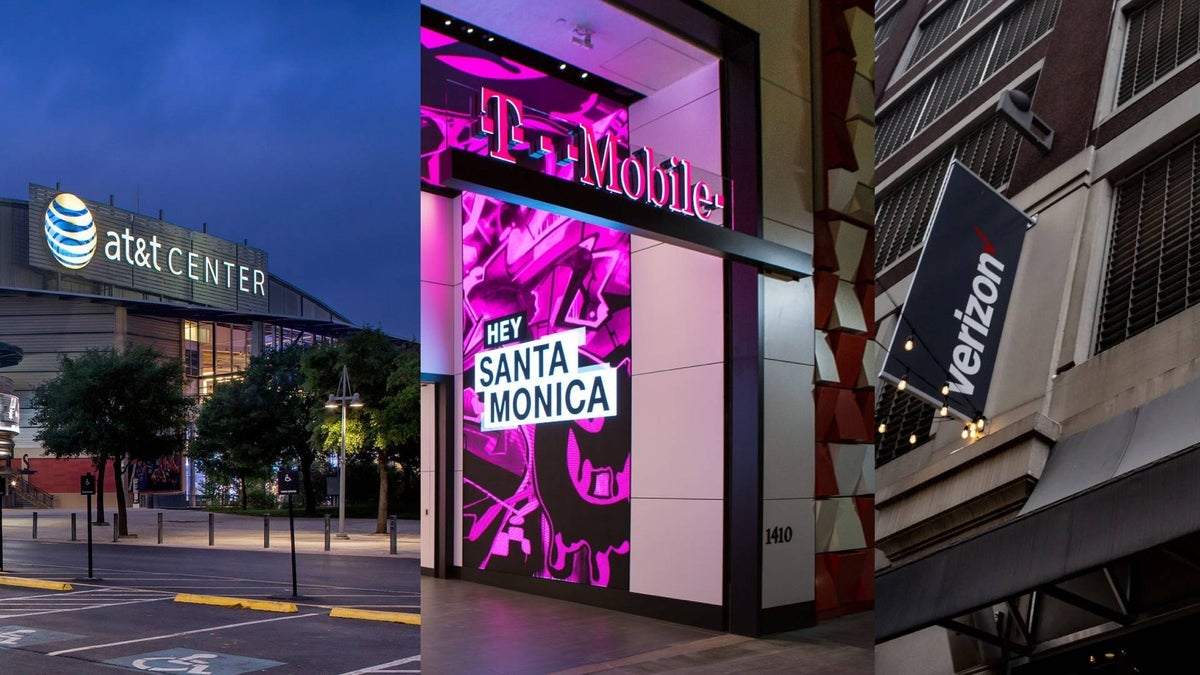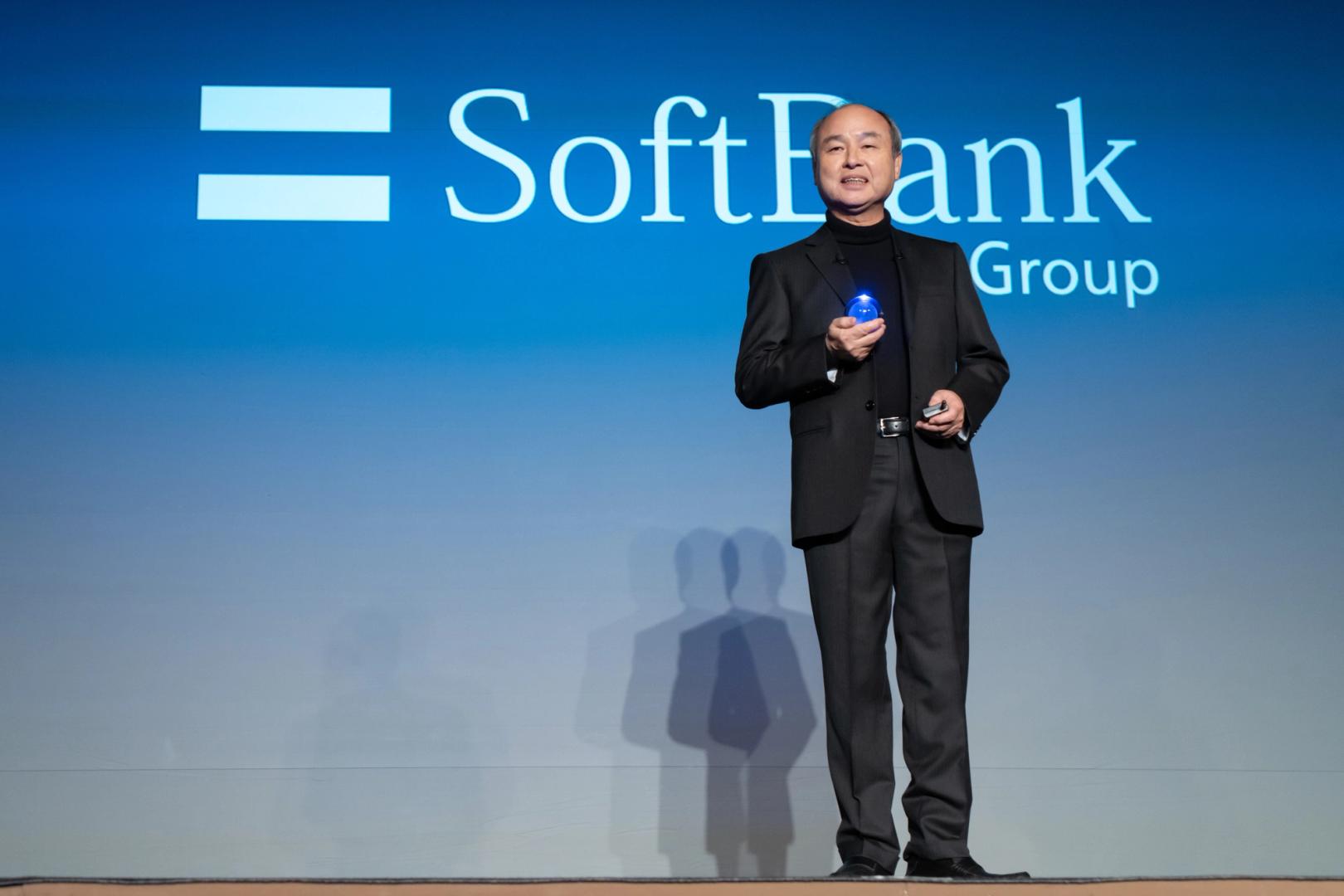Many Agents Are Better than One: Transforming Business with AI Orchestration
The collaborative power of multi-agent AI is here and ready to radically change how businesses operate, seek information, and make decisions. If many hands make light work, then imagine what a network of AI agents can achieve. AI has already improved productivity across industries, but its impact is often limited to isolated silos. For instance, […] The post Many Agents Are Better than One: Transforming Business with AI Orchestration appeared first on Unite.AI.


The collaborative power of multi-agent AI is here and ready to radically change how businesses operate, seek information, and make decisions.
If many hands make light work, then imagine what a network of AI agents can achieve.
AI has already improved productivity across industries, but its impact is often limited to isolated silos. For instance, think of an AI chatbot on an ecommerce site. It can handle basic customer inquiries but may struggle to perform more complex tasks that require cross-departmental collaboration, such as providing personalized recommendations, managing customer complaints, or coordinating with other parts of the business, such as inventory management. This fragmented approach not only limits the customer experience but also makes it hard for departments to exchange useful information—leaving potential innovations and productivity gains on the table.
Enter multi-agent AI orchestration – where multiple AI tools, or “agents,” work together seamlessly to drive better and more efficient outcomes. The move toward multi-agent collaboration will only be strengthened by recent breakthroughs, such as DeepSeek, which have introduced a new reality for the efficiency, scalability, and cost-effectiveness of AI.
Imagine multi-agent systems like a team of specialized workers in a factory, each with their own tasks but all working together to build a car. By coordinating their efforts and sharing information, they can achieve much more and do so more efficiently than working in isolation. Now, envision this collaborative power applied across various functions within companies in every industry. This is the transformative potential of multi-agent AI orchestration.
Industries like finance, manufacturing, retail, and others stand to benefit enormously from these technologies. By embracing multi-agent frameworks, organizations can unlock new levels of efficiency and innovation, improve the customer experience, and ultimately bring products and services to market faster.
Multi-Agent AI Systems Have Arrived
Multi-agent systems are no longer just a concept; they will soon transform how businesses operate, seek information, and make decisions. Enterprises are moving to them, leaning less on siloed AI interfaces in favor of a more collaborative approach. A year from now, I expect them to be indispensable in driving efficiency and productivity gains.
Enterprises like biopharmaceutical company Gilead Sciences are already harnessing these systems to transform user engagement, boost productivity, and achieve cost savings. Automating routine tasks and fostering seamless communication enables companies to focus on what they do best. In the case of Gilead, this means their critical work in preventing and treating life-threatening illnesses. Once completed, the system will underpin Gilead’s global IT operations and enable key business functions like finance and HR to communicate through an interconnected system of agents using Large Language Models.
This example highlights the vast potential of this technology beyond any one sector. Following are three key takeaways for leaders for this new era of AI, where multi-agents will work across entire businesses to assist humans in every role, from HR and finance to marketing and sales:
Embrace Multi-Agent Efficiency for a Competitive Edge
This technology offers a strategic advantage by creating a framework where AI agents work together to solve complex problems. By leveraging multi-agent orchestration, leaders can enhance operational efficiency, positioning their organizations ahead of the competition. In manufacturing, agents can manage the supply chain more efficiently by analyzing sales data and market trends to forecast demand, coordinating with suppliers for timely material delivery, and monitoring inventory levels in real-time. Similarly, an AI agent can help predict equipment issues and coordinate with others to schedule maintenance in a way that reduces operational interruptions.
Leverage AI to Enhance Cross-Departmental Collaboration
Breaking down silos and enhancing communication across departments can lead to more cohesive and efficient operations. In the banking sector, AI agents can streamline operations and improve customer service through coordinated efforts. For example, an agent handling customer inquiries can seamlessly transfer relevant information to another agent responsible for processing transactions, ensuring a smooth and efficient customer experience. By implementing these systems, leaders can foster better collaboration and drive overall organizational efficiency.
Tailor AI Solutions to Fit your Unique Needs
These systems are not one-size-fits-all. They should be tailored to meet the unique challenges of each company or industry. In retail, for example, AI agents can enhance the shopping experience by analyzing customer purchase history for personalized recommendations and managing inventory to keep popular items in stock. In healthcare, these systems can assist in patient diagnosis, manage medical records, and streamline appointment scheduling. While the underlying technology is similar, its application is much different. Leaders should work with AI and domain experts to create solutions that align with their goals, ensuring greater value.
The Path Forward
Multi-agent AI systems will transform business operations and innovation. By embracing these technologies, organizations can unlock new levels of efficiency and focus on bringing innovative solutions to market faster. For leaders, the message is clear: the future of business lies in harnessing the power of multi-agent orchestration. Companies that fail to act will fall behind.
The post Many Agents Are Better than One: Transforming Business with AI Orchestration appeared first on Unite.AI.









































































































































































![[The AI Show Episode 144]: ChatGPT’s New Memory, Shopify CEO’s Leaked “AI First” Memo, Google Cloud Next Releases, o3 and o4-mini Coming Soon & Llama 4’s Rocky Launch](https://www.marketingaiinstitute.com/hubfs/ep%20144%20cover.png)


















































































































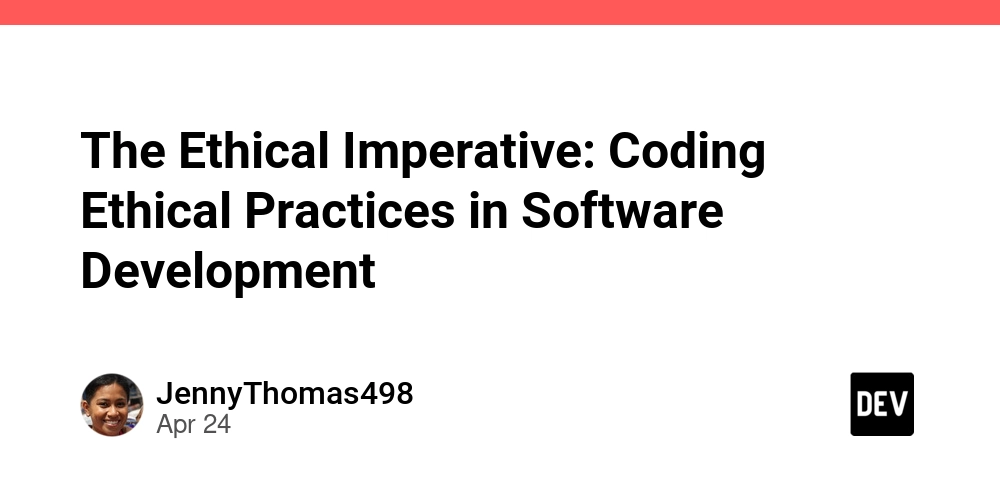














![[DEALS] Sterling Stock Picker: Lifetime Subscription (85% off) & Other Deals Up To 98% Off – Offers End Soon!](https://www.javacodegeeks.com/wp-content/uploads/2012/12/jcg-logo.jpg)















































































































































_NicoElNino_Alamy.png?width=1280&auto=webp&quality=80&disable=upscale#)

_Olekcii_Mach_Alamy.jpg?width=1280&auto=webp&quality=80&disable=upscale#)








































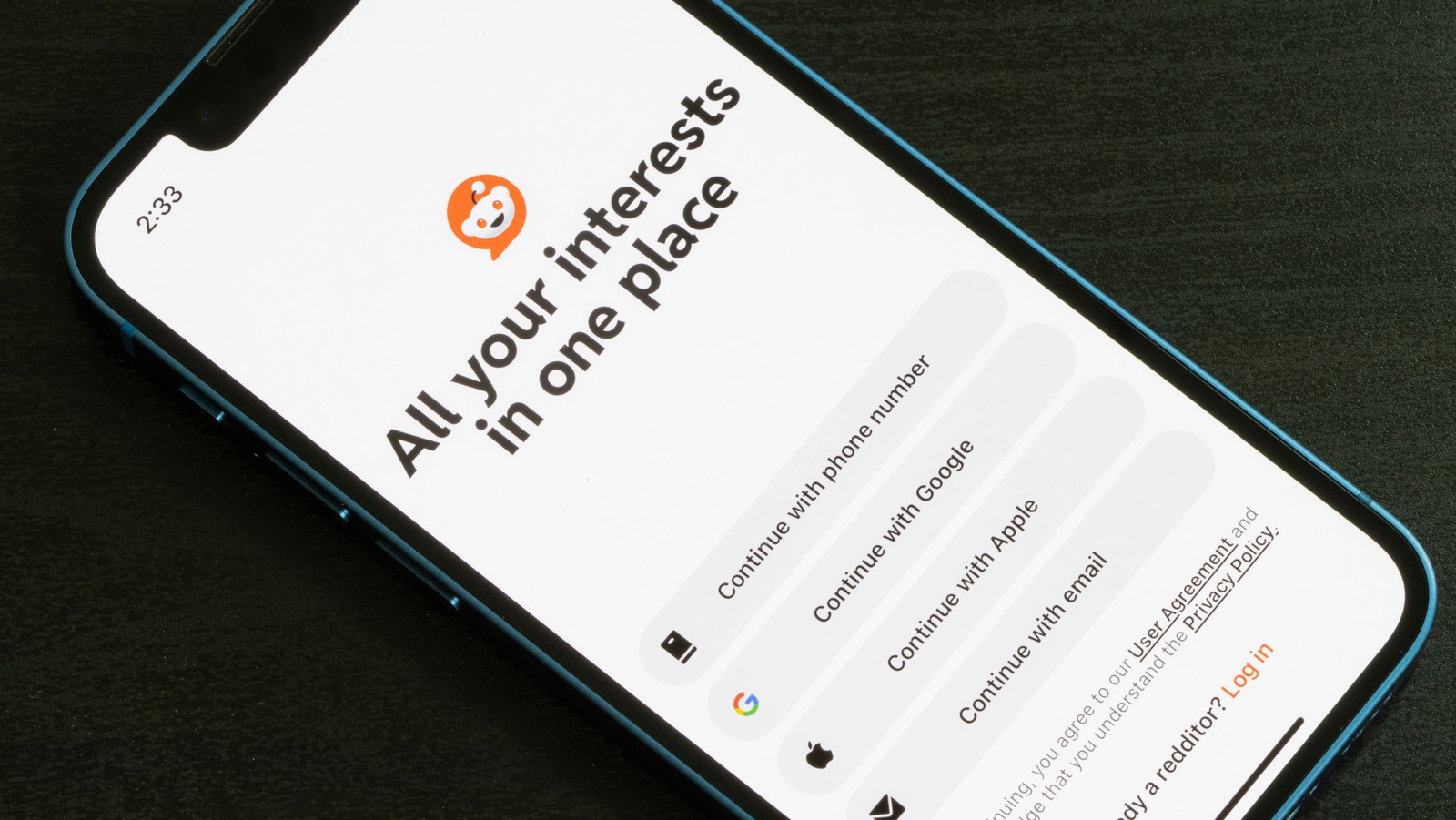













































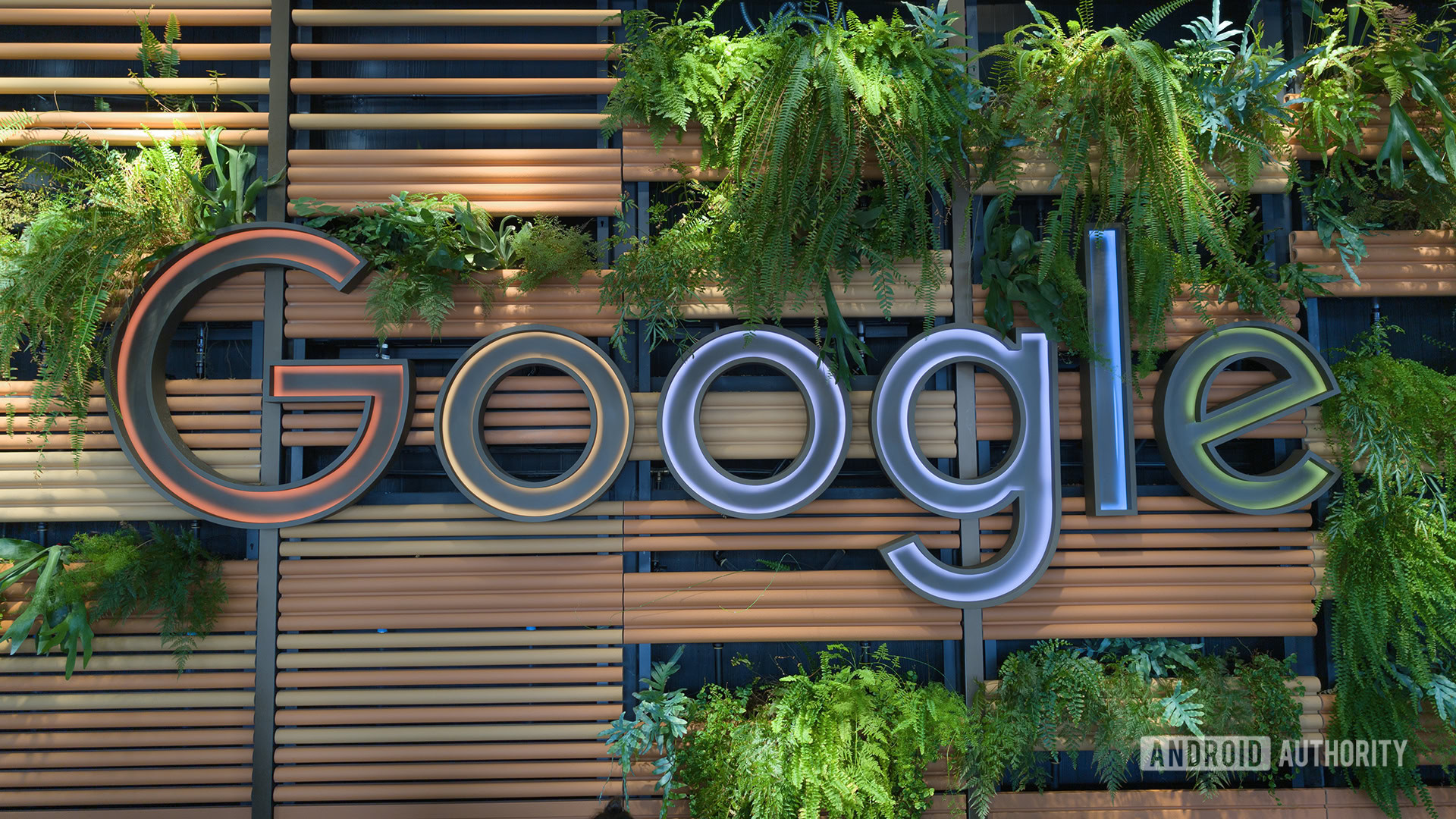























![Apple Shares New Ad for iPhone 16: 'Trust Issues' [Video]](https://www.iclarified.com/images/news/97125/97125/97125-640.jpg)

![At Least Three iPhone 17 Models to Feature 12GB RAM [Kuo]](https://www.iclarified.com/images/news/97122/97122/97122-640.jpg)



















































